For once other insects outshone the hoverflies with new for the valley plant bug - Liocoris tripustulatus and the conopid fly - Conops flavipes. This means we have now recorded all five species of conops in the valley Lots of Shieldbugs out today headed by mating Tortoise shieldbugs, Meadow Browns and Small Heath butterflies are emerging in good numbers as are Common Blue and a host of the commoner micro moths.
On the hoverfly front I had 30 species headed by Leucozona lucorum, Helophilus trivittatus and Xylota sylvarum. Most numerous species was Syritta pipiens (40).
On the birding front 12 Swift were in the air together and a pair of House Martin have built a nest in Caerau Road. Lots of Whitethroat holding territories in the scrub around the old pit reclamation site.







.JPG)



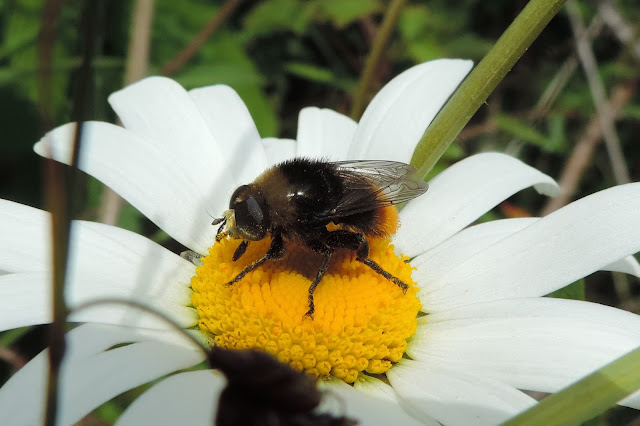



.JPG)




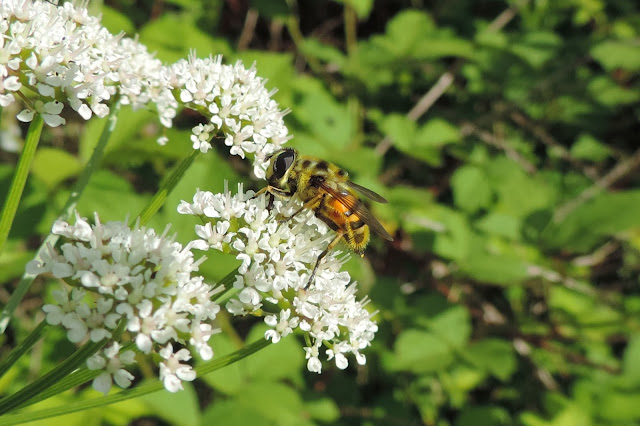



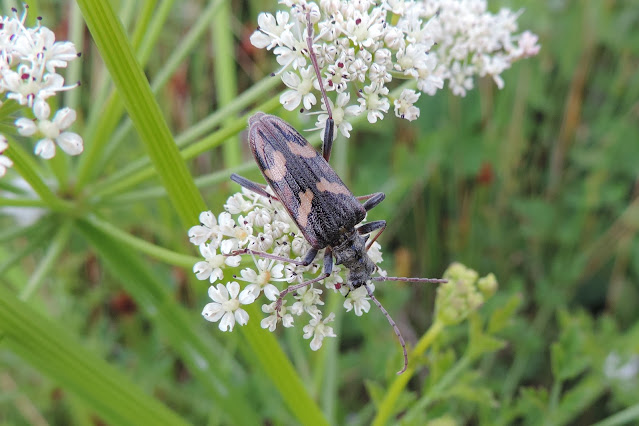
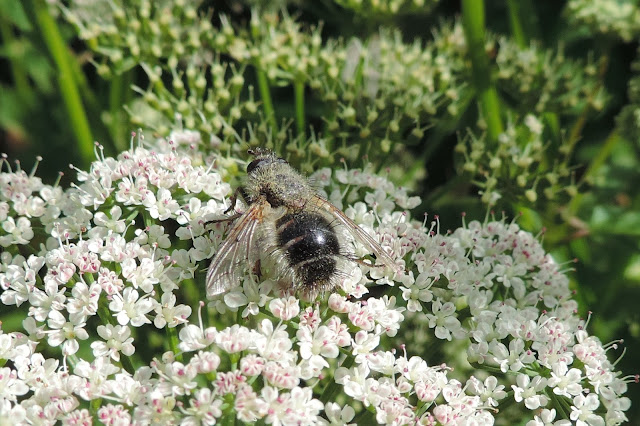









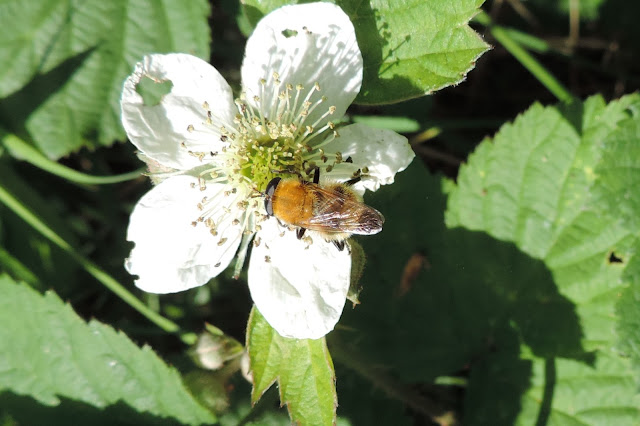




.JPG)

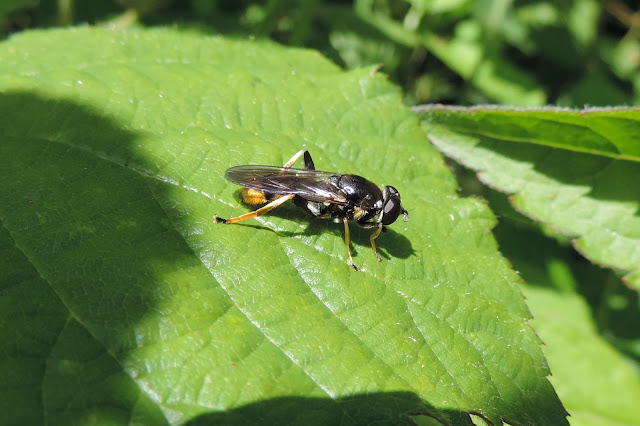

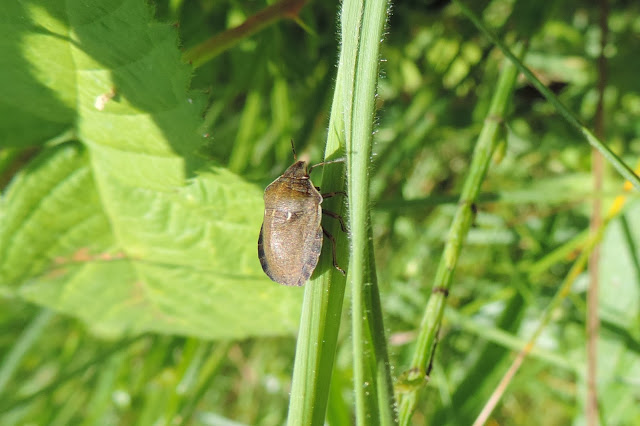











.JPG)





